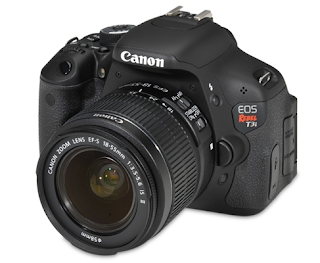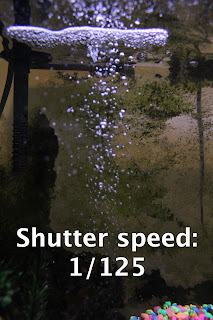I find it fascinating how
fake the models are that we see in magazines and ads. Most models look like ordinary people before the makeup, lighting, and particularly the Photoshop adjustments, transform them into these artificial and flawless... what shall we call them? Gods and goddesses? Angels? Aliens? Whatever they are, they are not natural and they are not real. Here are a few examples I pulled from www.hemmy.net:
(The original image is first; the Photoshop image is shown after.)
Is it just me, or do these pictures make you feel sick? In each of these cases, I think the original model is physically attractive. None of these photo edits make sense to me, with the exception of the blemish that was removed in the second picture (with a blemish that obvious, I think I'd remove it, too!).
And yet, it is these edited, counterfeit pictures of models that so many people -- girls and women in particular -- subconsciously look up to as standards for attractiveness and beauty. According to a study in 2004, only 2% of women think they are beautiful (
www.dove.co.uk). This is a shockingly low number, but should it really be surprising, with the repulsive way beauty has been contorted by our media?
"I wish I looked like such-and-such an actress!" a woman may moan. But I would plead in response: "
Please understand that you probably
do!!"
If you haven't seen Dove's video "Evolution", you need to. This is another excellent glimpse into the phony world of modeling:
Now, don't misunderstand me: I am not necessarily opposed to editing photos. I've done it myself on a small scale. I understand; sometimes the lighting of our photos isn't good. Sometimes models wake up on photo day with big zits on their foreheads (
GACK!!). That isn't what I'm talking about.
What I
am talking about is morphing someone into an unnatural, impossible non-human that no person could ever physically rival in real life. I'm talking about making
aliens into our standard for beauty. I mean, you might as well make this our standard for beauty (I am talking about the left half of the picture, of course):
 |
| By the way, I have no idea what this book is about, I'm not endorsing it, and I couldn't tell you if it was extremely inappropriate or terribly written. I'm just borrowing the cover to emphasize my point... |
As computer artists, we have these questions to ask ourselves: What is most important or valuable, as we make our computer art, or edit our photos? What is our highest priority in this matter? What
should be our highest priority? What power do we wield, as computer artists and culture influencers, and what are we personally doing with that power? Let me be more specific: Are we doing more
harm or more
good with that power? And if we are doing more harm... what should we do differently so we are doing more good?
What do you think?




















































